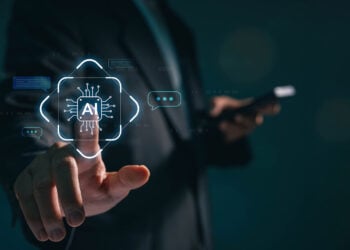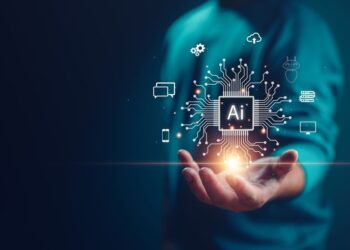Artificial Intelligence can conjure both mystery and hesitation. The application of AI and other technology in the legal community is often grounded in more day-to-day concerns. These include automating mundane tasks, reducing costs, accelerating litigation through e-discovery and responding to the need for more access and efficiency. Yet AI-based technologies are accelerating to further aid the legal industry. Regardless of the perceptions of AI, it’s here to stay.
AI in Law
Legal artificial intelligence is centered around the utilization of tools like Natural Language Processing and data analytics to sift through massive quantities of unstructured documents and structured data to speed discovery and uncover links more efficiently and at a more effective cost. Other leading concepts include using data to aid attorneys in jury selection and providing insights, including mining of social media.
Automation of common processes is underway – from software that helps to expedite drafts of common contracts to analyzing billing and costs. Analytics tools are being deployed to develop cost models, determine best practices for staffing and provide decision points on whether certain cases should be settled.
Additionally, law firms are using AI to understand the resources required to handle different kinds of client matters. Clients are increasingly requesting fixed-fee engagements or alternative fee agreements from law firms. But if those firms do not understand their costs, a fixed-fee engagement poses a serious risk of cost overruns borne by the firm.”
AI in the Courts
Legal technology is also improving access to courts and the delivery of legal aid. Code for America, a nonprofit organization, is focused on delivering technology solutions that make government services effective and easy to use. They developed an application called Clear My Record which helps individuals who are eligible to expunge their criminal records. Their mission is that once a record clearance bill passes, governments have the infrastructure in place to automatically deliver relief to people—in a faster and more dignified way.
Other court-based AI initiatives include assisting Online Dispute Resolution, where data models and algorithms compare judgments and cases to produce options for resolution. Although in early stages, and not without concern, the concept is seen in the privately developed app CoParenter. CoParenter’s app and services are designed to aid divorced or separated partners and negotiate decisions about their children.
According to one of the founders, a former family court judge, 80 percent of the disagreements presented in the courtroom didn’t even require legal intervention — but most of the cases included over-involved parents asking the judge to make the co-parenting decision.
AI and Court Reporting
The Wall Street Journal pointed out a very real problem earlier this summer about the attrition in available court reporting resources, especially stenographers. There were 18% fewer stenographers in 2018 than there were three years earlier. Fewer individuals are entering the field, yet the demand for their services continues. The problem will not get better with time, as longtime stenographers continue to retire.
Court reporting and legal transcription are therefore primed to adopt AI and automation. Courts themselves are seeking to reduce costs and make access to court services, such as transcription, more affordable for litigants. There’s also the lack of stenographic services for below-the-line cases (low-value litigation, short depositions) and robust e-discovery to consider.
Many legal proceedings are already being recorded on advanced systems today, which are able to identify speakers. These recordings are then sent to a court reporting agency for transcription and certification. AI combined with Advanced Speech Recognition seeks to accelerate and increase the capacity to produce transcripts. Advanced versions of ASR technologies now incorporate Natural Language Processing (NLP). These systems capture real conversations and use machine intelligence to process them. The accuracy provided by ASR is dependent on many factors, including speaker volume, background noise, the recording equipment used and more.
Learning models or algorithms that are at the core of AI are critical to the adoption of ASR and digital court reporting. As the AI engine processes more terms, more recordings and patterns, the accuracy of the final text output is fine-tuned.
Key Benefits
For court reporting and legal agencies, the application of AI to transcription efforts is paramount. It results in reduced overhead costs, a turnaround of transcripts faster and increased operational capacity to serve more clients.
Benefits to litigators also include access to searchable audio, on-demand transcripts and lower costs of service. Courts systems also benefit from digital recording and transcription for reduced operating costs, as well as further access and faster turnaround times for litigants.
However, technology will not replace the human factor. Combining technology with human-delivered services offers a way to address scalability challenges in the face of a dwindling supply of stenographers, while still ensuring quality. For the highest accuracy, an individual still needs to listen to the recording and correct the technology-captured transcript for the record.










